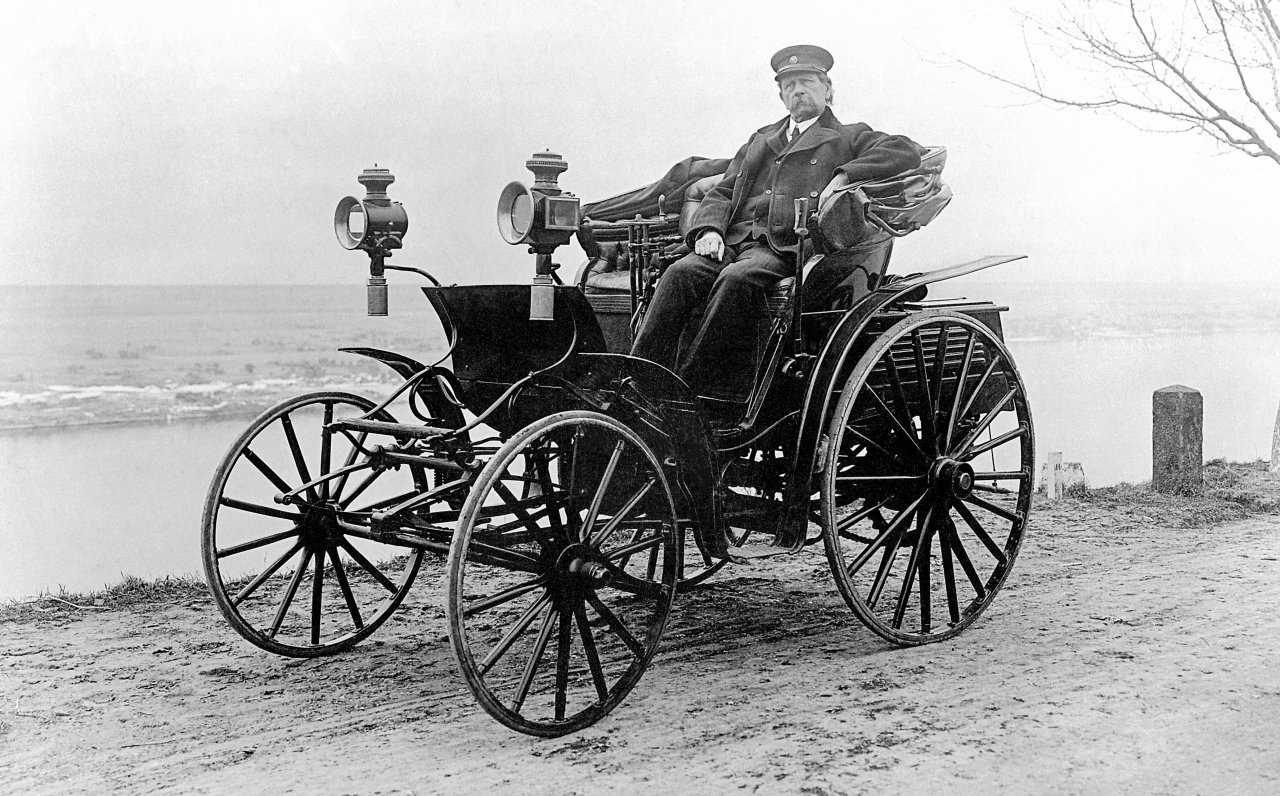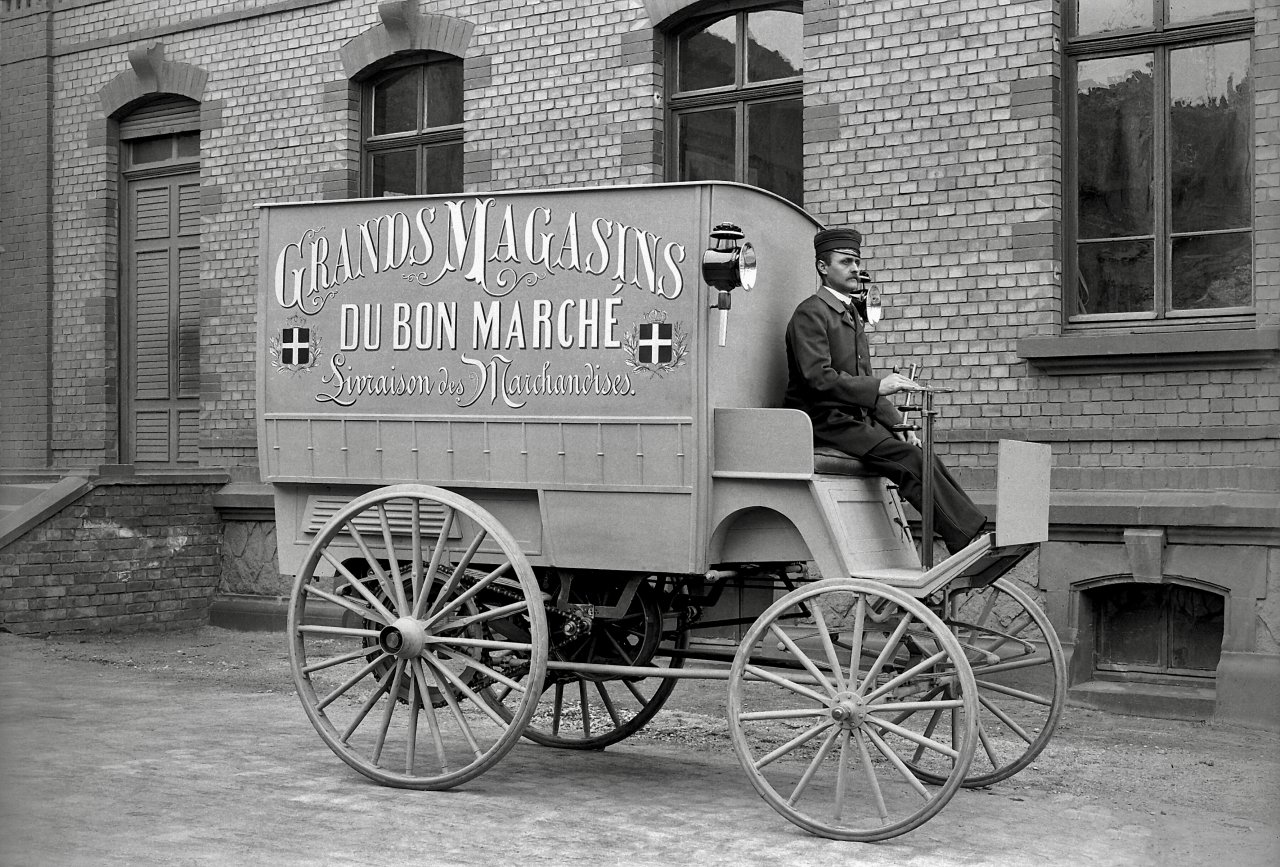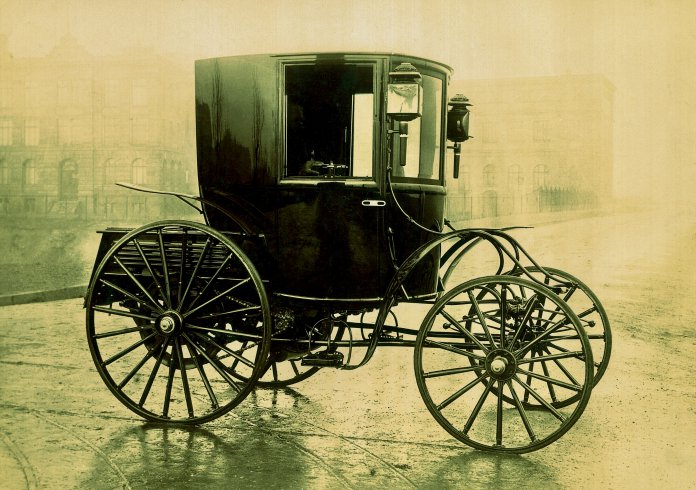Ever wonder who built the first coupe or the first motorized delivery vehicle with a combustion engine? Wonder no more, says Mercedes-Benz, which thanks customers in France for taking delivery of the first enclosed coupe and the first delivery van back in 1896, making 2021 the 125th anniversary of both such vehicle architectures.
“The year 1896 was an eventful one for the Rheinische Gasmotorenfabrik Benz & Cie. in Mannheim: the product range, which until then had been characterized by its open-top passenger cars, was expanded to include not just the delivery van, but also the first coupé with an internal combustion engine,” the company proclaims in a news release.
“The picture that emerges is one of successful diversification for the inventor of the car – a strength that also characterizes the Mercedes-Benz brand today.”

The coupe likely was a one-off vehicle, and was delivered to a customer in Paris.
“In 1896, in parallel to the light commercial vehicle, Benz also introduced a new body style for passenger cars, the Coupé,” Mercedes-Benz reports, adding that “the short, closed body is probably a unique example.
“A contemporary photograph survives, but the Coupé is not mentioned in any price list or other Benz publications from this period. Its top speed is said to have been 32 km/h.”
Mercedes says the coupe would have been based on the Benz Victoria, its standard open 4-wheeler launched in 1893 and powered by a rear-mounted 5-horsepower, 2.9-liter single-cylinder engine. Of particular note, it adds, is that the coupe had a curved windshield.

“The ‘Benz delivery vehicle’ was first mentioned in a Benz & Cie. catalog in May 1896.,” Mercedes reports. “The new concept of a ‘Patent motor vehicle of superior design for the delivery of goods, with 5-horsepower engine,’ promptly met with considerable interest. However, it was not customers from Germany who were most interested in this pioneering design.”
Instead, the first documented specimen was handed over to the Parisian department store Du Bon Marché.
“The fact that the vanʼs first customer came from France fits in with the way the automotive market was developing at the time: for although the new means of mobility was invented in Germany in 1886 – by both Carl Benz and Gottlieb Daimler, quite independently of each other – it was in France and Great Britain in particular that the groundbreaking innovation was initially most well-received.
So it was only logical that, on 5 December 1896, this first motorized delivery van with an internal combustion engine, produced directly by a car manufacturer, should roll into Paris.”
Mercedes reports the van had a flat floor (the rear-mounted engine placed beneath the floor) and could carry 300 kilograms 660 pounds of cargo. As with the coupe, the van was based on the Victoria, though with the driver seated directly above the front axle.
“The selling price of the vehicle was 4,500 Marks,” Mercedes notes. “How many customers back then opted to buy this innovative delivery van, in addition to the Paris department store, is not known.”
What is known, however, is that at the end of 1896, “Émile Roger, the Benz general agent for France, developed a plan for a delivery van of his own based on the Benz Velo. His partner in the venture was Léon LʼHollier of Birmingham, England.
“A number of such Benz ‘combination delivery vehicles’ were built there in the Digbeth area (of England).”





